亚马逊官方教程:如何管理亚马逊冗余库存?
【管理冗余库存】工具能够帮助您快速确定可能具有冗余库存的商品,并查看相关信息以采取适当措施。此工具会突出显示可能限制您的商品销售的因素,并提供有助于您提高库存绩效的建议措施。
管理冗余库存
【管理冗余库存】工具能够帮助您快速确定可能具有冗余库存的商品,并查看相关信息以采取适当措施。此工具会突出显示可能限制您的商品销售的因素,并提供有助于您提高库存绩效的建议措施。
重要: “管理冗余库存”旨在为您提供相关信息来帮助您管理库存水平,但使用此工具不能代替您自行判断商品需求。许多因素都可能会影响对商品的实际需求,其中包括商品价格浮动、买家需求变动以及这些商品的竞争性报价的变动等。此工具提供的建议并不能保证卖家未来取得良好的业绩,确定商品的价格和库存水平仍是卖家的责任。
常见问题
商品被认定为可能具有冗余库存,意味着什么?
维持供货 30 到 60 天的库存水平,是最大限度提高有存货绩效并避免不必要成本的一种有效方式。默认情况下,符合以下条件的库存会被确定为可能冗余的库存:
商品库存中至少有一件已存储超过 90 天。
商品的可供货天数超过 90 天;并且
保留库存而不采取任何措施时的成本比采取措施(例如降低价格以提高销量或移除)时的成本还要高。
预计冗余数量是如何计算出来的?
我们会根据您的经济投入(如商品成本和回收率)和销售数据(如需求预测和价格弹性)计算冗余库存。预计冗余数量是指保留该库存的成本可能比采取相应措施(例如降低价格以提高销量或者移除冗余商品)的成本还要高的商品的数量。该数值取决于您的商品需求和成本(包括费用、商品单位成本以及资本投入成本),可用来预估让您获得最高库存投资回报所应达到的库存水平。
可用数量中包含什么?
对于亚马逊物流商品,可用数量是指可供买家购买的可售库存商品。该数量不包含已送到运营中心但尚未收取的商品、不可售的商品(例如已残损的商品)或绑定到买家订单的商品。对于卖家,总数量即是卖家指定的可售商品数量。冗余库存计算中仅包含可用库存
预计仓储成本总额是什么?
预计仓储成本总额是指在您不采取任何措施来帮助销售或移除库存的情况下可能产生的预计成本。其中包括仓储费(含任何长期仓储费)和储存成本(如果适用)。
如果我想使用其他输入值来确定可能存在的冗余库存,该如何操作?
您可为每个 SKU 设置自己的商品成本和回收率,方法是在下拉菜单中选择【更新商品设置】,为每个 SKU 更改设置;或者可以点击【商品设置】 按钮并批量上传这些设置。您可以通过点击【库存设置】链接来更改默认设置。做出更改之后,请耐心等待,这些更改最长需要 24 小时才能反映在您的推荐中。
为什么在“管理冗余库存”页面中看不到我的所有商品?
只有您的商品被认定为具有冗余库存时,它们才会显示在该页面上。
我应该如何使用该页面管理可能存在的冗余库存?
我们的目标是帮助您轻松确定可能存在的冗余库存,并提供旨在帮助您更好地管理库存投资回报的建议措施。
建议操作
建议操作是每个商品右侧下拉菜单中显示的默认操作。建议的操作取决于您的业务和商品所特有的经济计算。您可以从下拉菜单中选择另一中操作。可能的建议操作包括:
【编辑商品信息】 – 当您的商品可能有质量问题时,就会显示此建议。点击此操作,您就会转至商品目录。在目录中查找相应提醒以修复商品问题。
【改进关键词】 – 您的商品可能存在低流量,这是因为买家无法通过搜索找到您的商品。此操作可帮助您优化您的商品信息在搜索中的显示方式。
【推广商品】 – 这将启动工作流程。广告是一种为您的商品带来更多流量的行之有效的方法。
【创建销售】 – 根据此商品的价格弹性和您的商品投入,如果我们认为您可以通过暂时调低价格来更快地销售库存商品,从而获得更高的库存回报率,我们就会提出此类建议。我们提供建议的销售价格和价格调整持续时间。我们可能会建议将商品价格降至低于最低价格,以便提升销量。
【创建移除订单】 – 我们建议根据您的回收率输入值和商品需求,在我们认为您可以通过亚马逊以外的销售渠道获得更好的库存回报率时创建移除订单。我们可能不建议您移除所有库存,而是只需恢复到健康的库存水平即可。
SKU 级别的提醒
这些提醒有助于识别可能影响商品的曝光度和销量的商品信息问题。
【质量提醒】 – 表明商品信息可能不完整或不正确。买家使用特定商品详情搜索和浏览亚马逊目录。如果您的商品信息不完整或不正确,买家将较难找到、评估和购买您的商品。点击【编辑商品信息】即可编辑商品信息并解决质量问题。
【低流量】 – 表明只有少数潜在买家查看了该商品信息。可以使用操作列表中的【改进关键词】功能,优化您的商品信息在搜索结果中的显示。您还可以使用【商品推广】功能,通过商品推广来提高您的商品的浏览量。
【低转化率】 – 表明潜在买家查看了商品信息但未跟进和购买商品。您可以通过【编辑商品信息】功能来确保提供高品质的详情页面,并通过【创建销售】或【降低商品价】来确保提供有竞争力的价格,从而帮助提高转化率。在某些情况下,如果商品需求较低,并且我们计算发现移除商品比为库存缴纳仓储费更具成本效益,我们可能会建议您移除某些库存。
需求
除查看提醒之外,您还可以将鼠标悬停在商品的【售出商品数量】列,查看某种商品在过去 7 天、30 天、60 天和 90 天内的销量。您可以根据这一信息来对销量和总库存进行比较。如果您想从库存中移除某件商品,可以从操作菜单中点击【创建移除订单】。
库存设置
在“库存设置”中,您可以输入有关库存成本结构的详细信息,以帮助我们提出更好的建议。这些设置包括:
采购成本 – 商品成本占当前销价的百分比。默认值为 50%。您还可以输入 SKU 级别的商品单位成本,以获得更准确的建议。
资本成本 – 您希望通过库存获得的最低回报。一般范围为 0-25%。默认值为 15%。
回收率 – 预计成本回收比例(如果您从亚马逊中移除库存或者自行销售库存的话)。回收率对应的应是您的所有库存,而不是单个商品。例如,如果某个 SKU 具有 5 种商品,而且您可以通过清算回收所有商品的 50%,则输入值应为 50%。但是,如果您仅可回收其中 3 种商品的 50%,且不能回收另外 2 种商品,则输入值应为 30%。默认值为 30%。如果您没有设定的成本回收渠道,比如与供应商签订的回购合同,我们建议您将此值设置为 0%。
如何提供有关“管理冗余库存”页面的反馈?
您的反馈对帮助我们改进工具非常重要。如果您发现了需要改进之处,请通过以下方式之一向我们提供:
使用【管理冗余库存】页面上的【反馈】链接为页面打分
在每个商品右侧的下拉菜单中选择【改进建议】
发送电子邮件至 inventoryplanning@amazon.com
术语表
预计供货天数
根据商品的预期需求估算的您当前库存能够持续供货的天数。
预计冗余数量
保留库存而不采取任何措施时的成本比采取措施(例如降低价格以提高销量或移除)时的成本还要高的商品的预计数量。默认值为超过供货 90 天所需数量的商品数量。
低转化率
此提醒表明相对于同一分类中的其他商品,查看您的商品信息后购买您商品的买家较少。
低流量
此提醒表明表明相较于同一分类中的其他 ASIN,查看您的 ASIN 商品信息的人数较少。
可售商品数量
对于商品,可售商品数量等于可供买家购买的所有商品。对于卖家自行配送商品,总数量等于卖家指定的可售商品数量。
立方英尺 (cuft)
ASIN 在中心所占用的体积(立方英尺)。可售商品数量 x 每件商品的体积 = 立方英尺体积。
仓储类型
设置有存储限制的商品的分类。商品可分类为六种仓储类型之一:标准尺寸、大件、服装、鞋靴、易燃物或喷雾。
建议的销售价格
有助于您根据当前库存设置来销售库存的建议销售价格。该值可能与最低价格或购买按钮价格不同。我们建议您在售出冗余库存之前维持该商品价格。
建议促销持续时间
如果建议为促销,则该数值是有助于您售出冗余库存的预计促销持续天数。
预计仓储成本总额
在不采取任何有助于销售或移除库存的措施时,可能导致库存产生的预计仓储成本。其中包括仓储费(含月度长期仓储费)和储存成本(如果适用)。
注意: 这些值基于您库存的每日动态,可能与您的实际费用不同。
建议移除数量
Manage Excess Inventory
The Manage Excess Inventory tool helps you quickly identify listings that may have excess inventory levels and review relevant information to take the appropriate action. The tool highlights factors that may be limiting sales of your products and suggests actions that could help you improve inventory performance.
Important: Manage Excess Inventory is intended to provide you with information to help manage your inventory levels, but use of this tool should not be a substitute for your own judgment about demand for your products. Many factors may influence actual demand for your products, including price fluctuations, consumer demand shifts, and changes in competing offers for those products. Recommendations are not a guarantee of future results, and sellers remain responsible for determining their prices and inventory levels.
Frequently asked questions
What does it mean if a listing is identified as potentially having excess inventory?
Maintaining between 30 to 60 days of inventory can be an effective way to maximize in-stock performance and avoid unnecessary costs. By default, inventory is identified as potentially excess if all of the following conditions are met:
At least one unit of inventory is more than 90 days old,
The product has over 90 days of supply, and
The cost of holding your inventory without taking any action is more than the cost of taking action (such as reducing prices to increase sell through or removing excess units)
How is estimated excess quantity calculated?
We calculate excess inventory based on your economic inputs (like unit cost and recovery rate) and sales data (like demand forecasts and price elasticity). The estimated excess quantity is the number of units for which the cost of holding your inventory would likely be more than the cost of taking action (such as reducing prices to increase sell through or removing excess units). This value is based on product demand and your costs (including fees, unit costs, and cost of capital inputs), and estimates the level of inventory that could give you the highest return on your inventory investment.
What is included in the available quantity?
For an FBA listing, available quantity refers to fulfillable inventory units that are available for customers to buy. It does not include products being shipped to fulfillment centers that have not yet been received, unfulfillable units (such as damaged units), or units bound to a customer order. For a seller-fulfilled listing, the total quantity is the same as the available quantity, as specified by the seller. Only available inventory is included in the excess inventory calculations
What is the estimated total storage cost?
The estimated costs you would incur if you take no action to help sell through or remove your inventory. This includes storage fees, including any long-term storage fees, and the holding cost of capital, if applicable.
What if I want to use different inputs to identify potentially excess inventory?
You can set your own unit cost and recovery rate per SKU by selecting Update product settings in the drop-down menu to make changes for individual SKUs, or by clicking the Product setting button and uploading these settings in bulk. You can make changes to your default settings by clicking the Inventory settings link. After making changes, please allow up to 24 hours for the changes to be reflected in your recommendations.
Why do I not see all my products on the Manage Excess Inventory page?
We only display your products on this page if your inventory has units that have been identified as excess.
How should I use this page to manage my potentially excess inventory?
Our goal is to help you easily identify potentially excess inventory and provide recommended actions aimed at helping you better manage the return on your inventory investment.
Recommended actions
The recommended action is the default action shown in the drop-down menu to the right of each product. Recommendations are based on economic calculations specific to your business and products. You can take another action by selecting from the drop-down menu. Possible recommended actions are:
Edit listing – This recommendation appears when your listing may have quality issues. By clicking on this action, you will be taken to the product catalog. Look for the alerts in the catalog to fix the listing issues.
Improve keywords – Your product may have low traffic because customers cannot find your product via search. This action helps you optimize how your listing appears in searches.
Advertise listing – This starts the Sponsored Products workflow. Advertising is a proven way to drive additional traffic to your listing.
Create sales – Based on the price elasticity of this product and your product inputs, we make this recommendation if we feel that you can get a higher return on your inventory by temporarily marking down prices to sell through your inventory faster. We provide a recommended sale price and duration. We may recommend lowering beyond the lowest price to boost sales.
Create removal – We recommend creating a removal order when we feel that you can get a better return on your inventory through sales channels other than Amazon, based on your recovery rate input and product demand. We may not recommend you removal all inventory, just enough to get back to healthy levels.
SKU-level alerts
These alerts help identify listing issues that may be affecting your product visibility and sales.
Quality alert – Indicates that the listing may be incomplete or incorrect. Customers search and browse the Amazon catalog using specific product details. If your listing information is incomplete or incorrect, it becomes more difficult for buyers to find, evaluate, and purchase your inventory. Clicking Edit Listing will allow you to edit the listing and fix quality issues.
Low traffic – Indicates that a low number of potential buyers have seen the listings. Use the Improve Keywords feature in the actions list to optimize how your listing appears in searches. The Advertise Listing feature allows you to advertise through Sponsored Products to drive additional traffic to your listing.
Low conversion – Indicates that potential buyers are viewing the listing but do not follow through and purchase the product. Ensuring a high quality detail page through the Edit Listing feature and pricing competitively through Create Sale or Lower Price helps improve conversion rates. In some cases, due to low demand, we may recommend removing some of the inventory if we calculate that removal is more cost effective than incurring storage fees.
Demand
In addition to the alerts, you can also view how many units of a product have been sold over the last 7, 30, 60, and 90 days by hovering over a product’s Units Sold column. This will allow you to gauge sales relative to your total inventory. If you find that you have an item that you’d like to remove from your inventory, click Create removal order from the action menu.
Inventory settings
In your Inventory Settings, you can enter details about your inventory cost structure to help us to make better recommendations. These settings include:
Cost of purchase – The cost of your products as a percentage of their current selling price. The default value is 50%. You can also enter unit cost at the SKU-level for more accurate recommendations.
Cost of capital – The minimum return you want to earn on your inventory. The typical range is 0-25%. The default is 15%.
Recovery rate – The expected recovery as a percentage of the cost if you removed your inventory from Amazon and sold the inventory on your own. The recovery rate should refer to all of your inventory, not a single unit. For example, if there are 5 units of a SKU, and you can recover 50% on all units through liquidation, then the input should be 50%. However, if you can only recover 50% of 3 units and 0% for 2 units, the input should be 30%. The default is 30%. If you do not have a set cost-recovery channel, like a buy-back contract with your supplier, we suggest you set this value to 0%.
How can I provide feedback about the Manage Excess Inventory page?
Your feedback is important for helping us improve our inventory management tools. If you think there may be an opportunity for improvement, please provide us feedback in one of the following ways:
Rate the page using the Feedback link on the Manage Excess Inventory page
Select Improve recommendations in the drop-down menu to the right of each product
Email inventoryplanning@amazon.com
Glossary of terms
Estimated days of supply
The estimated number of days your current inventory supply will last based on the projected demand for your product.
Estimated excess quantity
The estimated number of units for which the cost of holding your inventory without taking any action is more than the cost of taking action (such as reducing prices to increase sell through or removing excess units). Default is quantity greater than 90 days of supply.
Low conversion
An alert that indicates that fewer buyers are purchasing the product after viewing the listing relative to other listings in the same category.
Low traffic
An alert that indicates that the ASIN listing has a low number of viewers compared to other ASINs in the same category.
Available quantity
For FBA listings, available quantity equals all units that are available for purchase by customers. For seller-fulfilled listings, total quantity is equal to the available quantity that the seller has defined.
Cubic feet (cuft)
The volume in cubic feet that the ASIN is occupying in Amazon fulfillment centers. Available units x volume per unit = cubic feet.
Storage type
Category of the product for which storage limits are set. Products are categorized in one of six possible storage types: standard-size, oversize, apparel, footwear, flammable, or aerosol.
Recommended sales price
Sales price recommended to help you sell through your inventory based on your current inventory settings. This value may be different from the lowest price or Buy Box price. We recommend that you keep your product at this price until you have sold through your excess inventory.
Recommended sale duration
If a sale is recommended, this is the estimated sale duration in days that would likely help you sell through your excess inventory.
Estimated total storage cost
Estimated storage costs you would incur on your inventory if no action is taken to help sell through or remove your inventory. This includes storage fees, including monthly long-term storage fees, and the holding cost of capital, if applicable.
Note: These values are based on a daily snapshot of your inventory and may differ from your actual fees.
Recommended removal quantity
Estimated quantity of inventory that would likely benefit from removal instead of being charged storage fees.
特别声明:以上文章内容仅代表作者本人观点,不代表ESG跨境电商观点或立场。如有关于作品内容、版权或其它问题请于作品发表后的30日内与ESG跨境电商联系。
二维码加载中...
使用微信扫一扫登录
使用账号密码登录
平台顾问
微信扫一扫
马上联系在线顾问
小程序

ESG跨境小程序
手机入驻更便捷
返回顶部

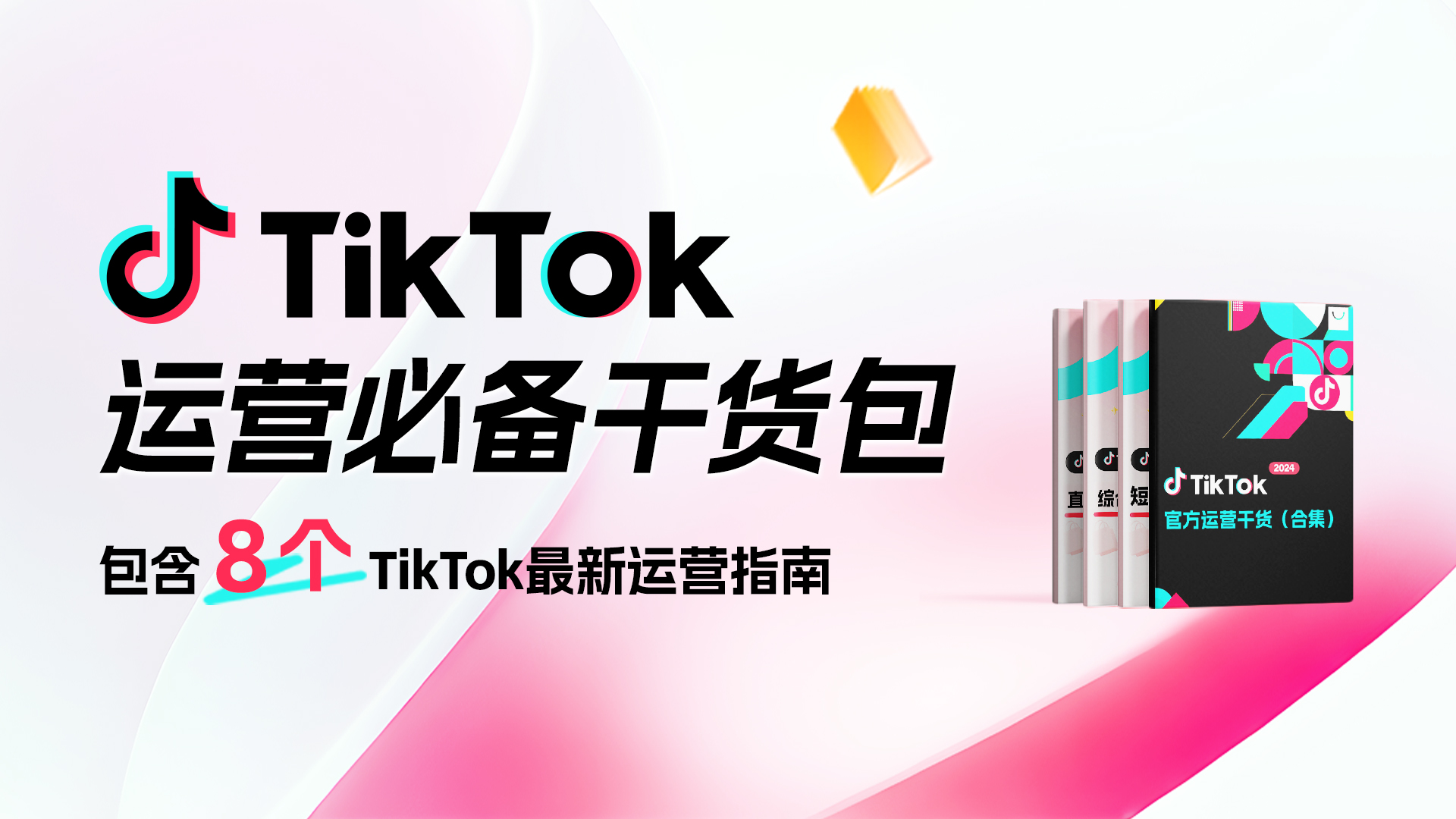
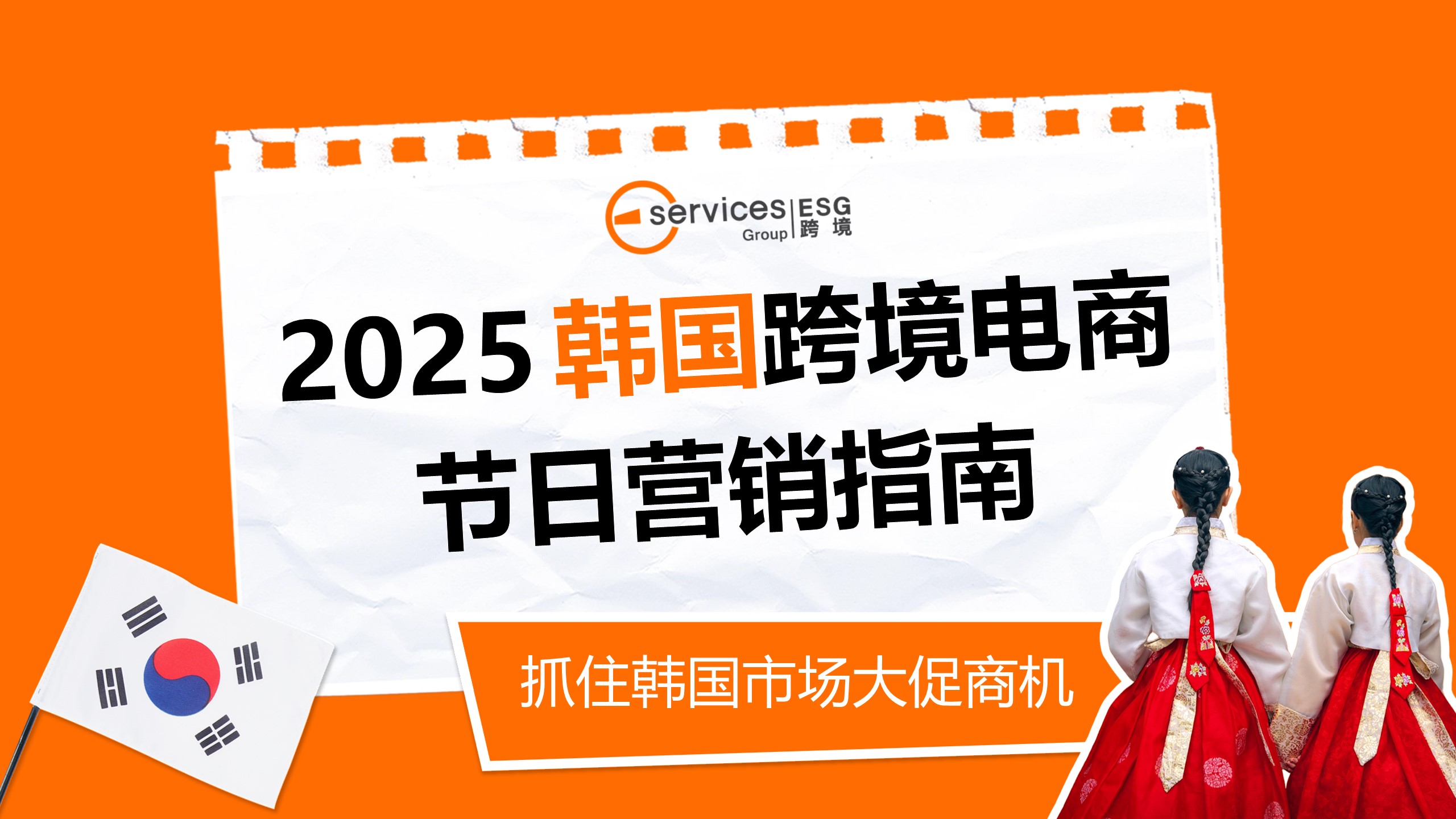
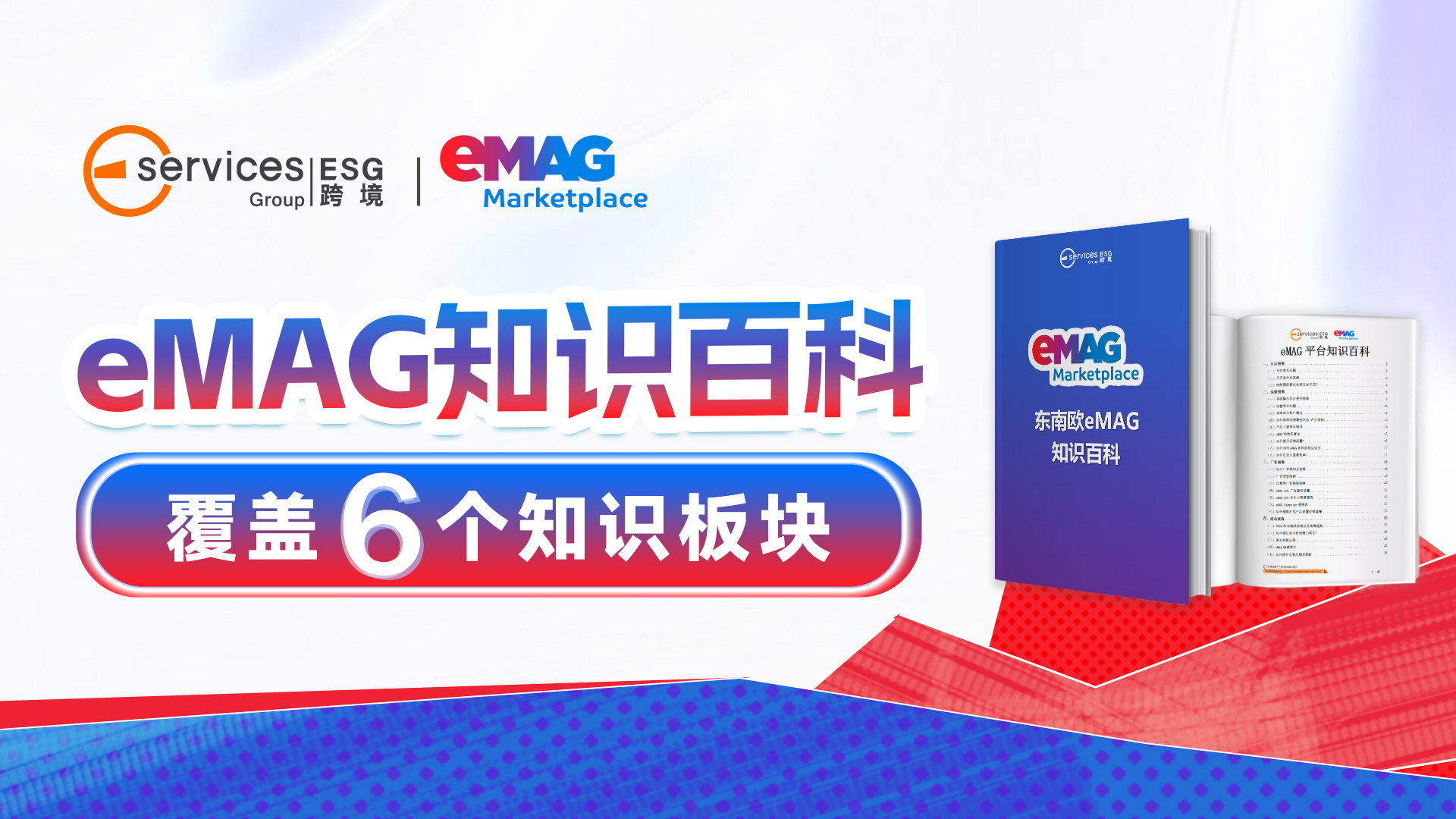

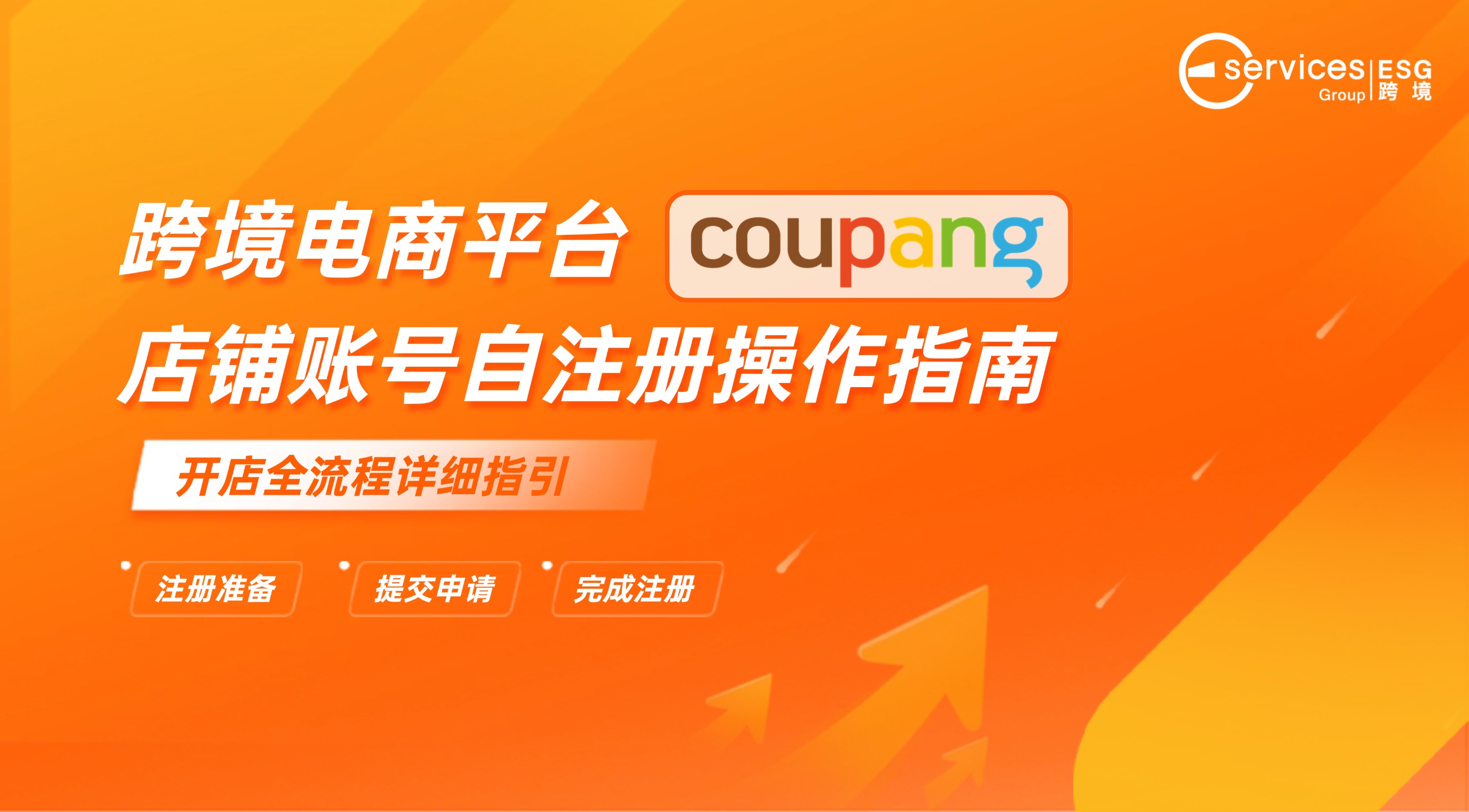
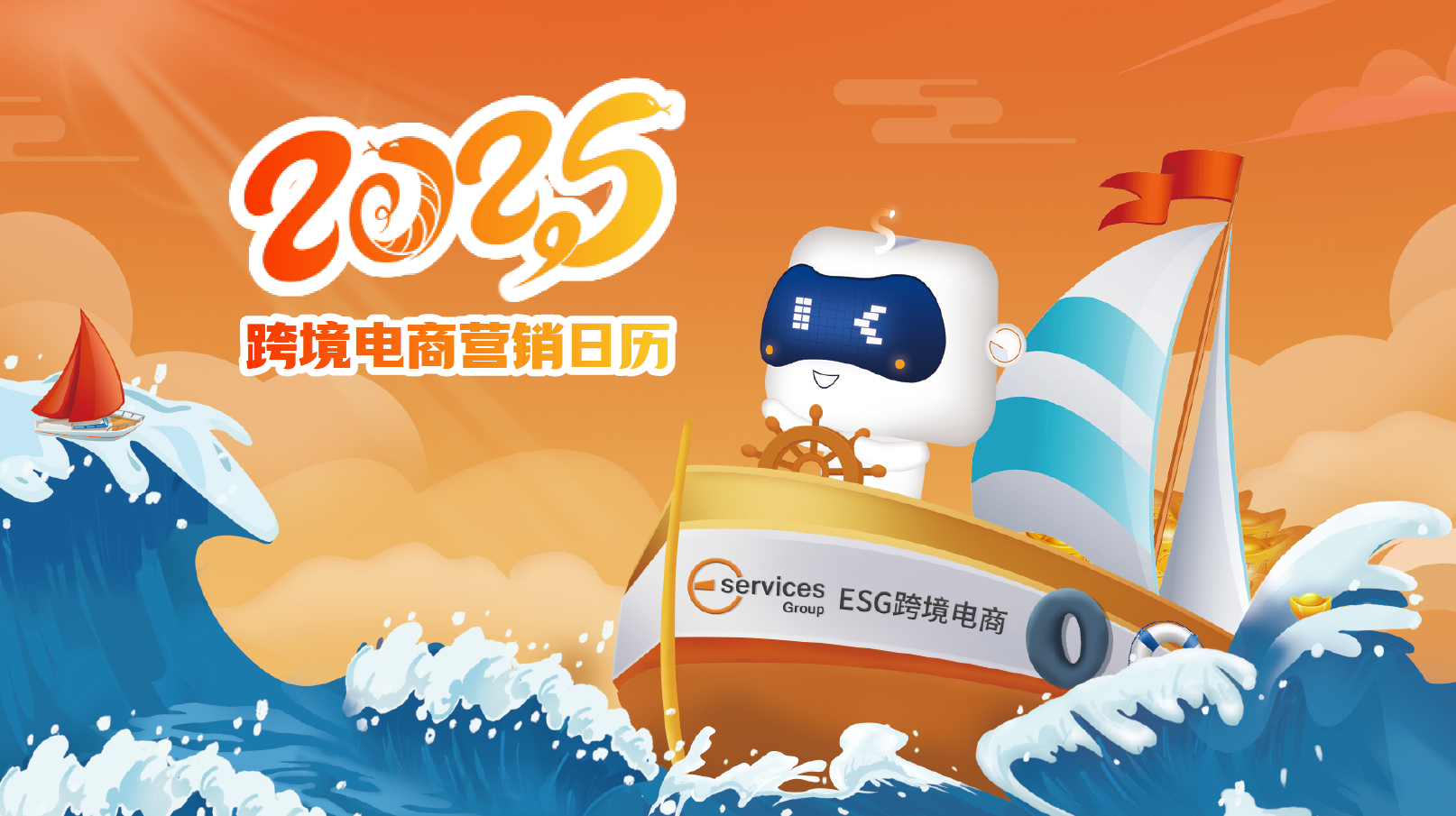

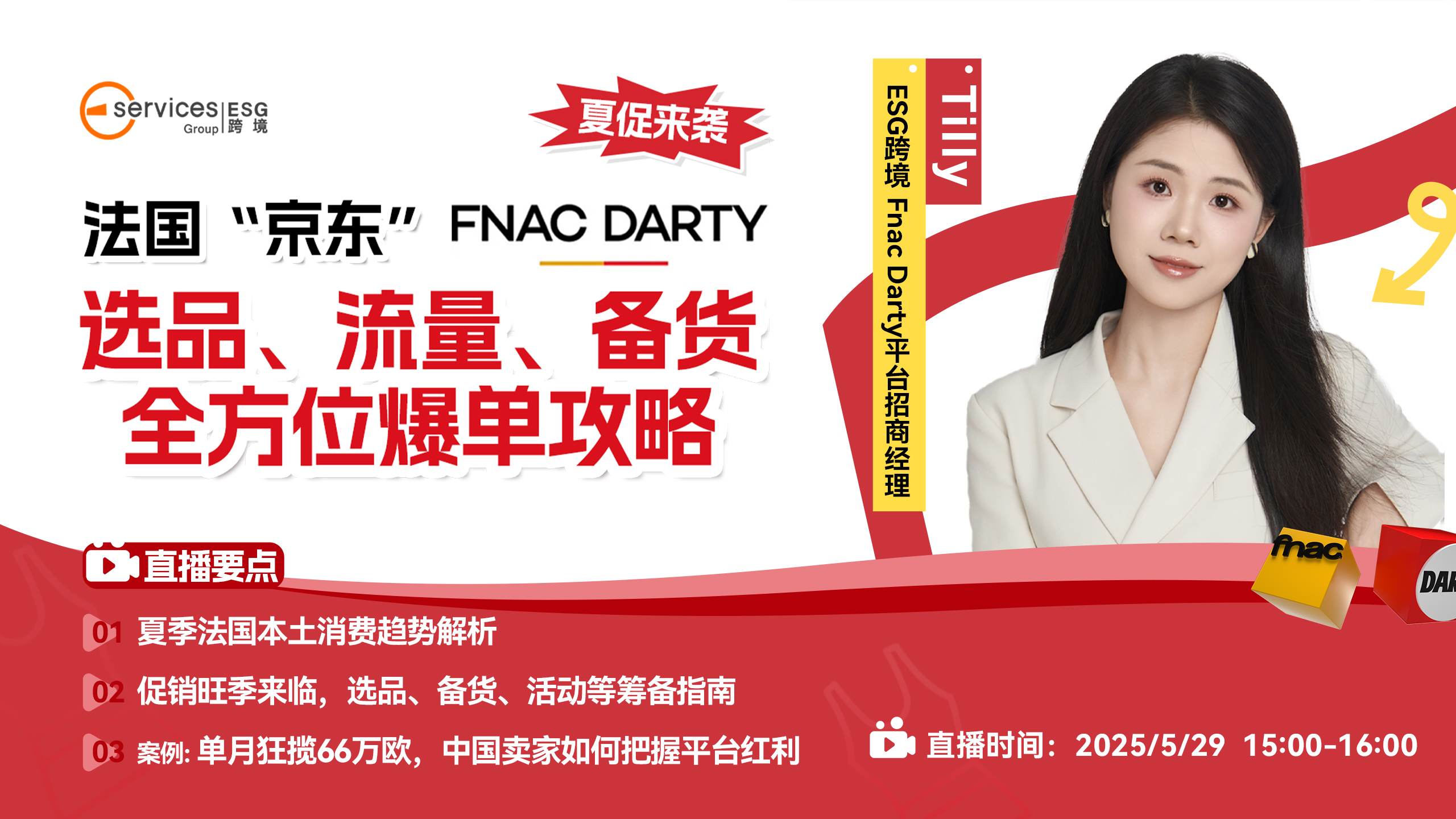



 市场合作:shichangbu@eservicesgroup.com
市场合作:shichangbu@eservicesgroup.com





